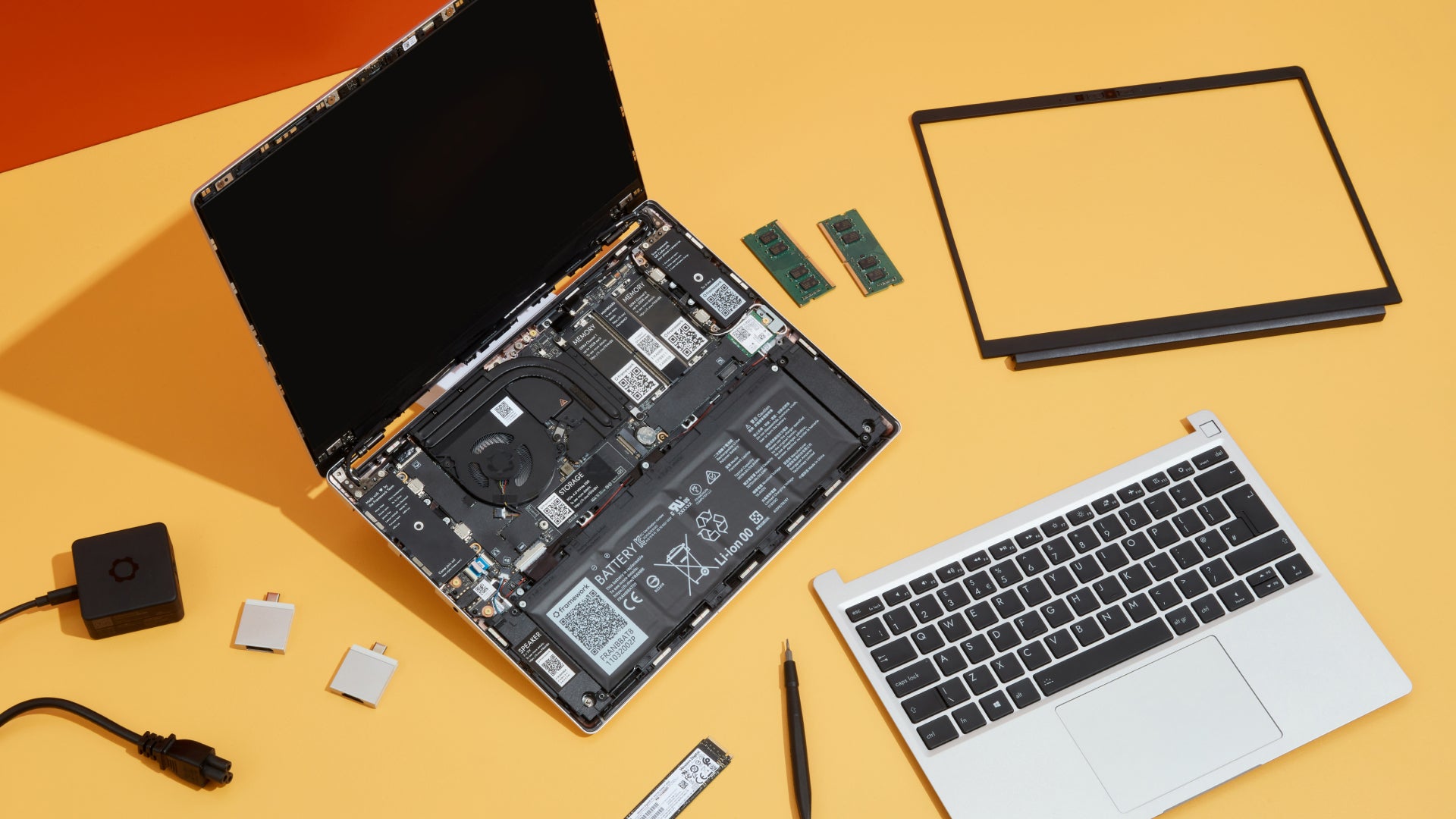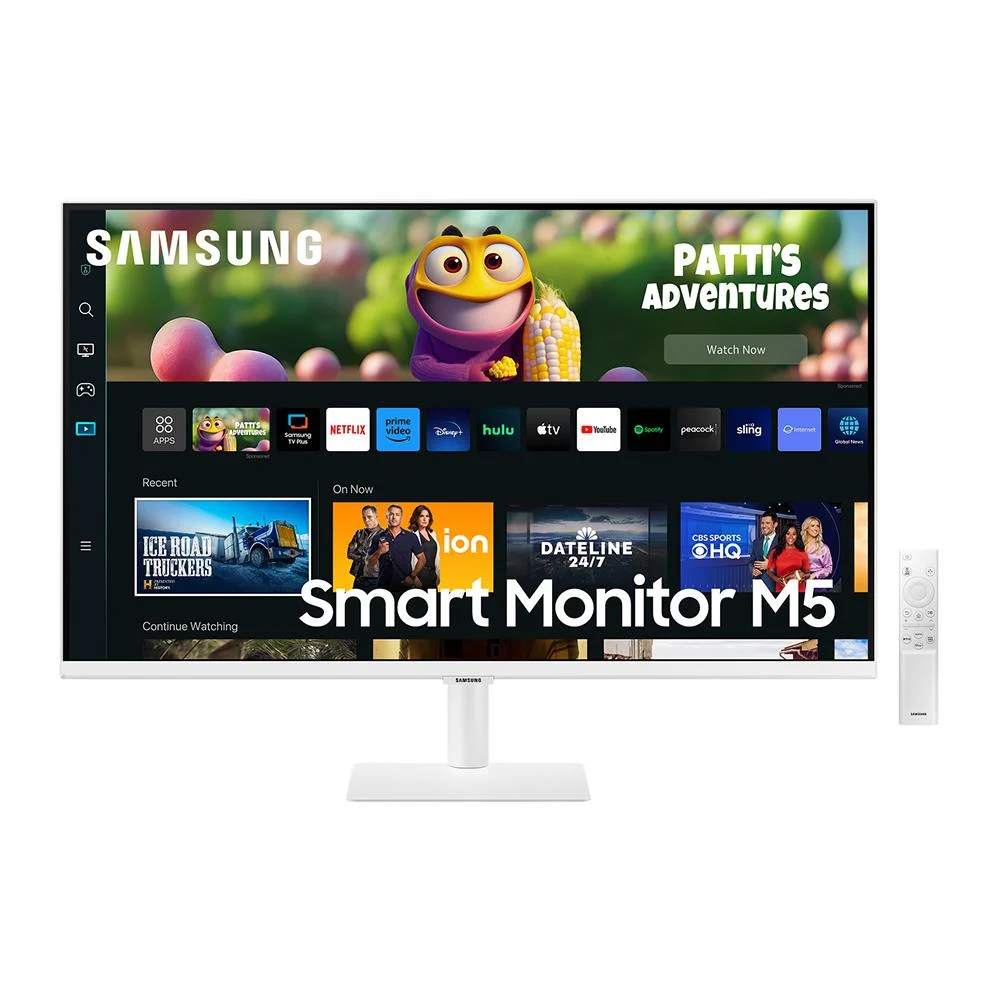
Intel’s Modular Laptop and PC Designs: The Future of Upgradeability
Intel is setting its sights on a more modular future for laptops and PCs, inspired by companies like Framework, which has been pushing the boundaries of upgradable and easily serviced laptops. The rise of modular laptop designs has already influenced brands like Dell and Asus, making their devices more customizable and easier to maintain, and Intel seems to be following suit with some intriguing concepts.
Intel’s recent community blog post outlines an exciting new direction for modular laptops. Their proposal involves a tri-board design, breaking the traditional all-in-one laptop motherboard into three distinct pieces: a central motherboard housing the processor and cooling, and separate sub-boards for I/O ports like USB and HDMI. This modularity could allow users to upgrade components like the CPU or ports separately, making it easier to extend the lifespan of a laptop without the need to replace the entire device.
The design also introduces support for Intel’s LPCAMM memory standard, as well as upgrades for Wi-Fi and SSD components via M.2 cards, providing flexibility and scalability. This setup could accommodate laptops with screen sizes ranging from 14 to 16 inches, offering options for different cooling solutions, including fanless and dual-fan configurations.
But Intel isn’t just thinking about laptops. The company is also considering modularity in mini PCs, which have become increasingly popular due to their low cost and ease of upgrades. Intel’s modular mini PC design separates the CPU/motherboard module from the GPU and PCIe components, fitting everything into a compact 5-liter chassis. This concept, which includes the use of M.2 boards for I/O replacements, could revolutionize the mini PC market, addressing the challenges of upgrading in smaller form factors.
Intel frames these modular designs as a win for both environmental sustainability (by reducing e-waste) and right-to-repair advocates, who will appreciate the increased repairability and upgradability. Moreover, this tri-board design could have a competitive advantage over Arm-based laptops (like those from Qualcomm Snapdragon), which generally use integrated boards with non-upgradeable memory.
In the end, this approach could be a game-changer, pushing the industry toward more flexible and upgradeable laptops and mini PCs, benefiting both consumers and manufacturers alike. Hopefully, more of Intel’s partners take note and begin adopting similar designs for their devices.




